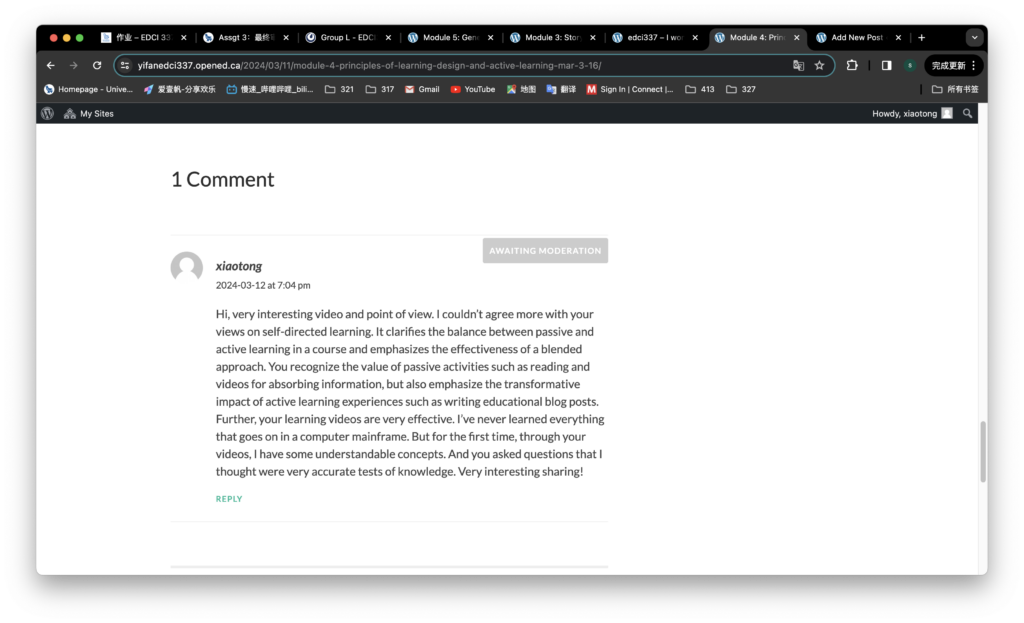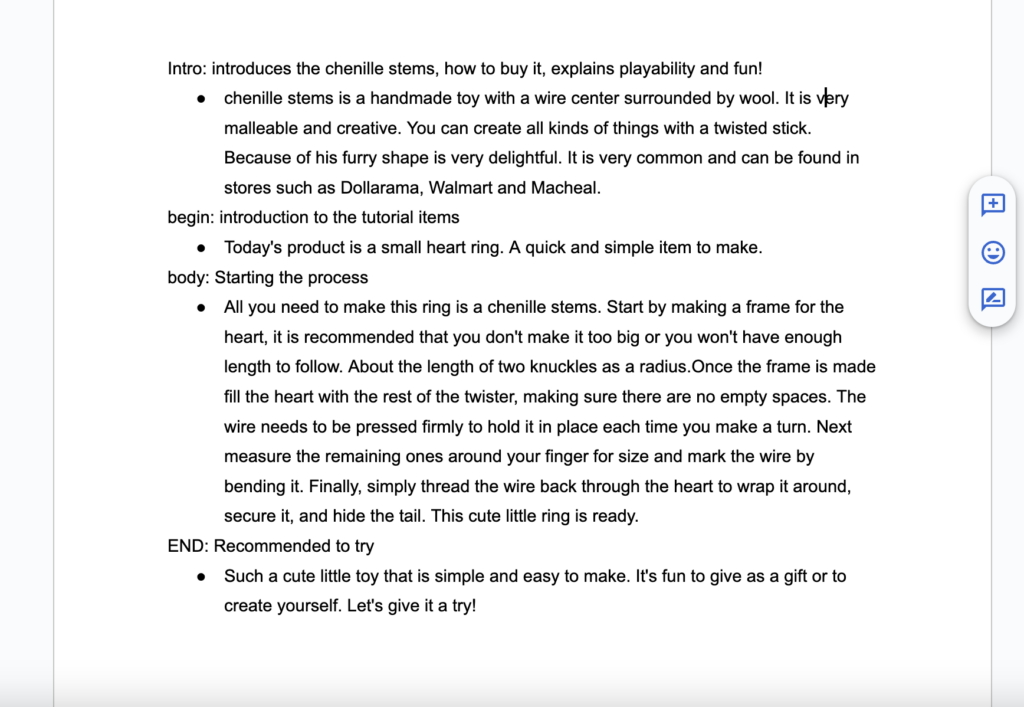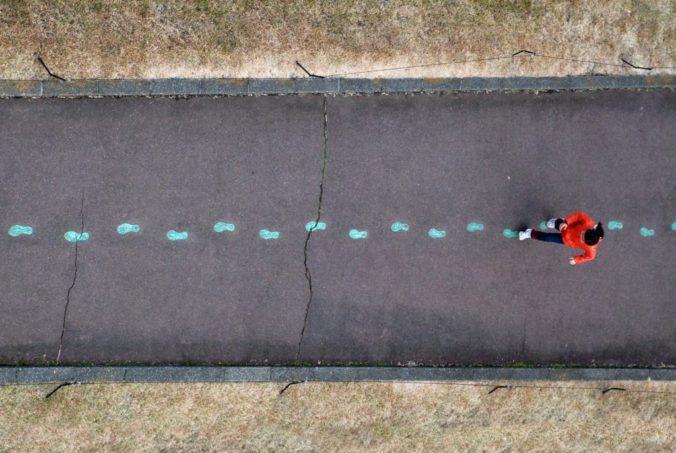Looking back at the previous modules, I was primed to recognize and try out many of the tools. Not only did I learn about many new teaching models, but I also learned about many tools that support teaching and learning. For example, twine and H5P were completely new to me, but I didn’t feel unfamiliar with their uses. If you are a person who imparts knowledge, the flexible use of these tools can help to convey the knowledge better. And I think these two tools are more for those who teach knowledge to have a clearer logic to express the content.
Also, there are some new things I learned about AI. For example, I know more aspects of AI systems. The ones that can generate images, music, videos, etc. But in my attempts I am more certain that AI is not creative. It is more of just an amalgamation of existing human material. So, when it comes to teaching, AI can be an aid, but not without the ability to be a standalone solution.
Overall, after learning about so many new tools, I have found that the use of these tools can be a huge time saver. It can also add fun to some teaching. But it’s mostly about human thinking and there needs to be clear considerations and decisions to use these tools better. As for students receiving knowledge, tools of the type similar to H5P fall into the category of tools that allow for active learning. The multimedia model of teaching and learning may be the students’ favorite way of learning. But passive learning is also indispensable. The diversity of teaching can be increased, but the intensity of teaching should not be weakened. This is a very difficult point to balance.
Module 3 post— https://xiaotong.opened.ca/2024/03/01/module-3/
module 3 comment—https://timedci337.opened.ca/2024/03/02/module-3-storytelling-and-creating-video/
Module 4 post—https://xiaotong.opened.ca/2024/03/11/78/
module 4 comment—https://yifanedci337.opened.ca/2024/03/11/module-4-principles-of-learning-design-and-active-learning-mar-3-16/

Module 5 post—https://xiaotong.opened.ca/2024/03/24/module-5-generative-ai-and-evaluating-content-and-tools-for-learning/
Assignment 3 comment—https://timedci337.opened.ca/2024/03/30/assignment-3/#comment-5


Recent Comments